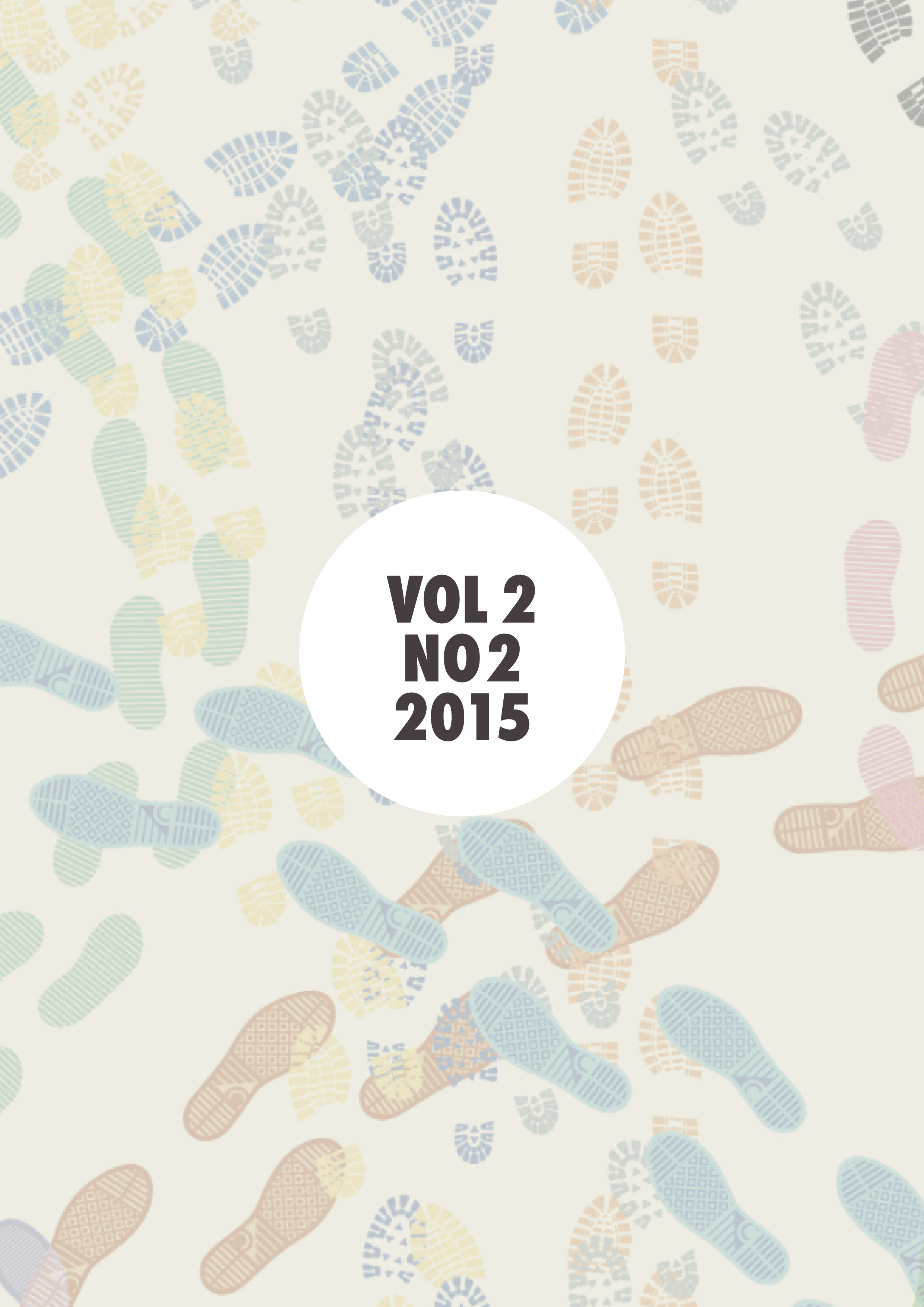Recovery to Resilience: Finding a Transdisciplinary Approach to Community-Based Design
DOI:
https://doi.org/10.7146/tjcp.v2i2.22922Keywords:
Disaster recovery, public interest design, transdisciplinary, community engagement, Hurricane KatrinaAbstract
As the tenth anniversary of New Orleans’ and arguably the United States’ greatest disaster came and went on August 29 this year, it is important to look critically at steps taken towards recovery in order to understand whether the massive efforts undertaken within and outside our community have led to sustainability and resilience, and to inform ongoing and future recovery and revitalization efforts. Our investigation draws from critical urban theory as defined by Brenner: “grounded on an antagonistic relationship not only to inherited urban knowledges, but more generally, to existing urban formations. It insists that another, more democratic, socially just, and sustainable form of urbanization is possible, even if such possibilities are being suppressed through dominant institutional arrangements, practices and ideologies” (Brenner 2012). The anniversary served as a celebration of resilience for local officials anxious to focus on the city’s bright future and to let talk of a recovery-based economy lay behind us. On the ground, however, commemoration provided a pivot point in the thinking of local citizens, neighborhood groups, non-profit organizations, and those that serve them. It serves as well as a locus for counter-narratives of inequity and removal, for anger at hospitals closed, schools reordered, and a hundred thousand residents permanently displaced. These challenges are not new or unique to New Orleans, but the crucible of ten years of collaborative recovery work at the level of individuals, blocks, and neighborhoods allows us to organize and practice self-critique in the face of a changing economy, re-invented school system, upended healthcare structure, and other challenges. Our perspective is shaped by witnessing a decade of top-down planning efforts, and by participating in official attempts at community engagement in recovery; some effective, some wildly ineffectual. While this work continues, now is a chance to refocus efforts towards building strong communities with equitable access to economic opportunity. It is a moment to recognize the successes and failures in the means of creating recovery to this point, with a focus on social justice and implementing changes and improvements meant to address broader and deeper problems facing our neighborhoods and the city at large.Downloads
Published
2024-07-12
How to Cite
Jenisch, N., & Mobley, S. (2024). Recovery to Resilience: Finding a Transdisciplinary Approach to Community-Based Design. Conjunctions. Transdisciplinary Journal of Cultural Participation, 2(2), 99–116. https://doi.org/10.7146/tjcp.v2i2.22922
Issue
Section
Peer Reviewed Research Articles: Theme Section
License
Copyright (c) 2015 Conjunctions. Transdisciplinary Journal of Cultural Participation

This work is licensed under a Creative Commons Attribution-NonCommercial-NoDerivatives 4.0 International License.
Copyright (c)): Author
This work is licensed under a Creative Commons Attribution-NonCommercial-NoDerivatives 4.0 International License.





